XXXTentacion’s music was raw, emotional, and intense, with a unique vocal mixing style that blended melodic singing, heavy distortion, and atmospheric effects. His ability to shift between soft, melancholic tones and aggressive, distorted screams made his vocal processing a key part of his signature sound.
In this guide, we’ll break down how to mix vocals like XXXTentacion, focusing on reverb, distortion, and compression while maintaining the energy and emotion that defined his music.
Understanding XXXTentacion’s Vocal Style
XXXTentacion’s vocal production was deeply influenced by lo-fi and DIY recording techniques. He often recorded in untreated rooms, which added natural imperfections to his vocals, giving them a raw, unpolished character. His vocal style typically falls into two categories:
- Soft, melodic vocals – Processed with reverb, subtle pitch correction, and warm saturation to create an emotional atmosphere.
- Aggressive, distorted screams – Achieved using heavy compression, distortion, and filtering for a raw, intense sound.
To mix vocals like XXXTentacion, you need to carefully balance clarity, energy, and emotion while maintaining the contrast between these two styles.
Step-by-Step Guide to Mixing Vocals Like XXXTentacion
1. Record the Right Vocal Tone
Use a dynamic microphone like the Shure SM58 for aggressive vocals, as it captures power without excessive harshness. For softer, melodic vocals, a large-diaphragm condenser microphone such as the Audio-Technica AT2020 works well to capture warmth and detail. Since XXXTentacion recorded in untreated spaces, you can replicate this by avoiding excessive vocal booth treatment. Record multiple takes for both clean and aggressive vocals so you can layer them in the mix.
2. Clean Up the Vocals with EQ
Start with subtractive EQ to remove unwanted frequencies. Apply a high-pass filter at 80-100 Hz to remove low-end rumble and clean up the mix. Cut around 250-500 Hz to reduce muddiness and create a more focused sound. Boost 2-5 kHz slightly to add presence and make the vocal stand out. If the vocal sounds too harsh, cut 4-6 kHz to tame sharp frequencies. For aggressive vocals, enhance the 3-6 kHz range to add bite and intensity.
3. Apply Compression for Consistency
Compression is key to controlling the loudness variations between XXXTentacion’s soft and aggressive vocals. Use a gentle compressor for melodic parts with a 3:1 to 4:1 ratio, medium attack (10-20ms), and medium release (40-60ms) to smooth out dynamics. For aggressive vocals, use an aggressive compressor with a 6:1 to 8:1 ratio, fast attack (1-5ms), and fast release (10-30ms) to keep the vocal energy consistent. If necessary, add a limiter to prevent peaks from clipping while keeping the vocal up front.
4. Add Distortion and Saturation
XXXTentacion’s screamed vocals were heavily distorted to add aggression and emotion. To add subtle grit, use a saturation plugin with tube-style saturation blended at 20-30% for texture. For extreme grit, use overdrive or amp distortion with plugins like Soundtoys Decapitator, FabFilter Saturn, or Guitar Rig and set the drive between 30-50%. To create layered distortion, duplicate the vocal track, apply distortion only to one layer, and blend it subtly with the clean track. Panning the distorted track slightly left or right can also create a wider, fuller sound.
5. Create Depth with Reverb and Delay
XXXTentacion’s reverb settings were often dark, short, and moody. Use a plate or room reverb with a short decay time (0.8 - 1.5 sec) to keep the vocal from sounding too distant. Set the pre-delay around 30-50ms so the reverb doesn’t interfere with vocal clarity. Reduce high frequencies in the reverb’s damping settings to create a darker tone. For delays, use a ping-pong delay at 1/4 or 1/8 note timing with a low-pass filter to keep the delays from overpowering the mix. Keep feedback around 20-30% to prevent excessive repeats.
6. Widen and Layer Vocals for Impact
To make vocals sound fuller and more immersive, use doubling, panning, and stereo widening. Duplicate the main vocal track, then pan one copy slightly left and the other slightly right. Adding a chorus effect to backing vocals can help create a wider sound. Slightly pitch-shifting duplicates (±5 cents) can also add a natural doubling effect. For background screams, apply extra reverb, distortion, and stereo widening to push them into the background while keeping the lead vocal centered.
7. Apply a Final Vocal Bus Chain
Once all processing is applied, route everything to a vocal bus to glue the mix together. Apply subtle EQ adjustments to fine-tune the overall tone. Use final compression to maintain balance and prevent vocal inconsistencies. If necessary, apply a mastering limiter to prevent peaks from clipping.
Final Thoughts
XXXTentacion’s vocal style was a mix of rawness and intentional processing, making his vocals sound emotional, intense, and authentic. The key to nailing his sound is finding the perfect balance between distortion, compression, and reverb while keeping dynamics and imperfections intact.
If you want a shortcut to achieving this sound, check out the XXXTentacion Vocal Preset, designed to replicate his signature mix with just a few clicks.
Now it’s your turn—experiment with these techniques and craft your own raw, emotional vocal mixes!

